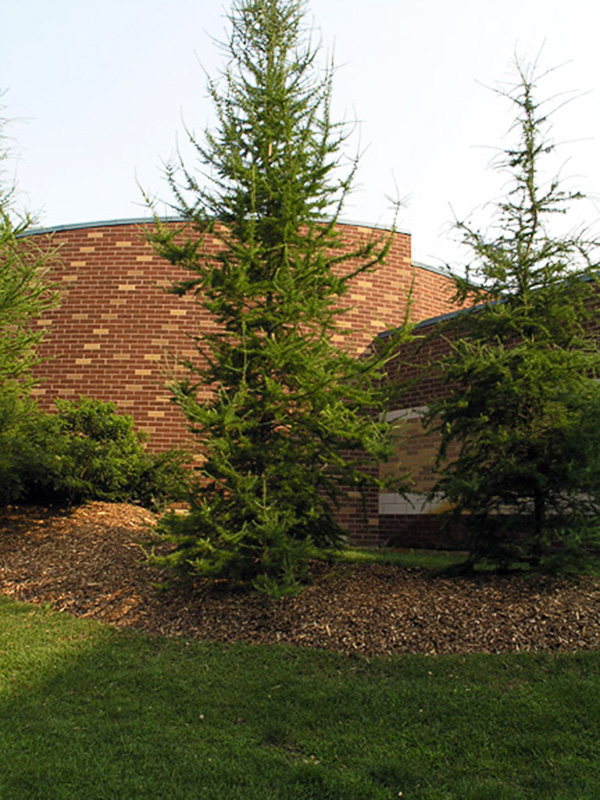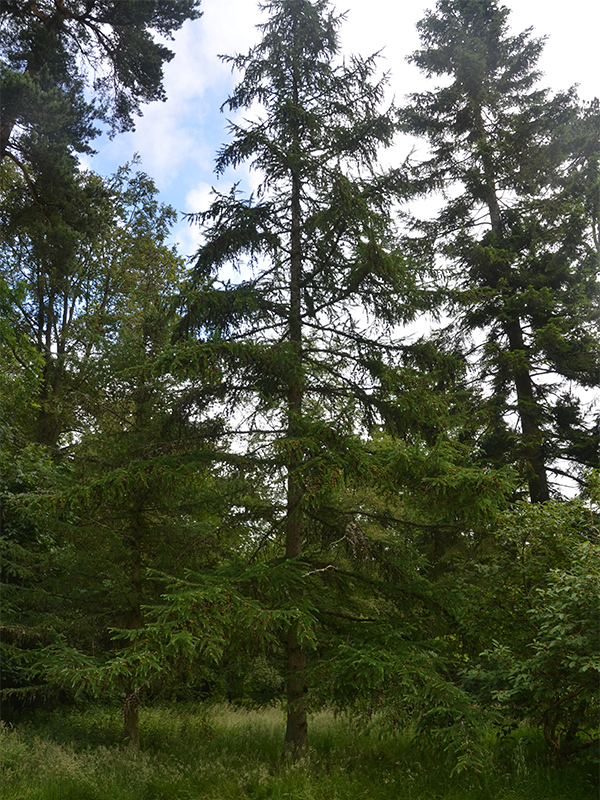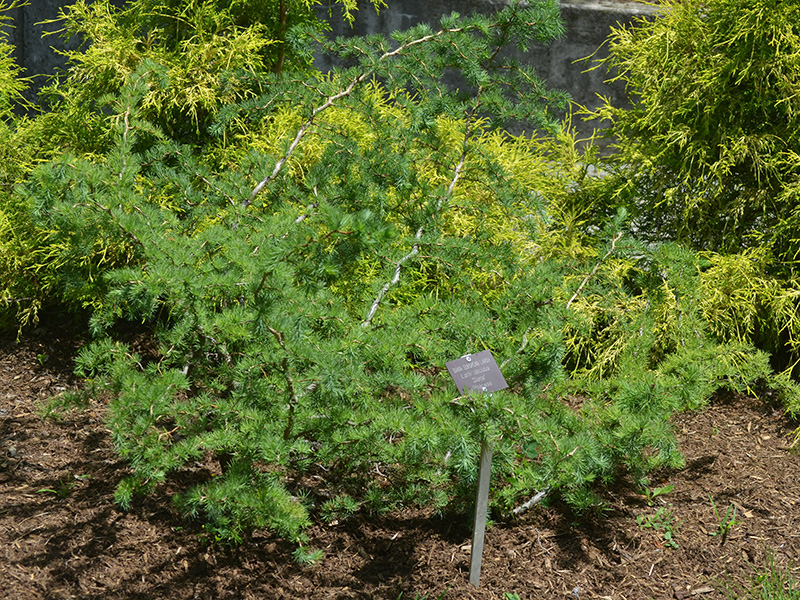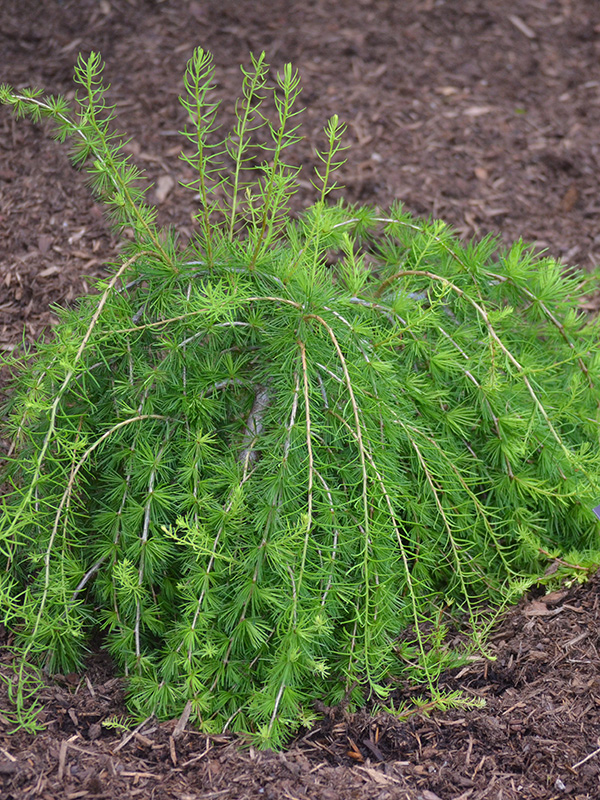| General Description | Medium-size to large deciduous coniferous tree. |
| ID Characteristic | Spurs on branches, cones are not reflexed and are persistent on tree. |
| Shape | Large conical tree. |
| Landscape | Ornamental tree for planting in gardens and parks. |
| Propagation | Seed in containers in early spring, graft in winter, or root semi-ripe cuttings in summer under mist. |
| Cultivation | Grows in any deep, well-drained soil in full sun. |
| Pests | Potential insect pests include larch case-bearer, aphids, larch sawfly, tussock moth and Japanese beetle. Potential diseases include needle cast, needle rust and canker. |
| Notable Specimens | Westonbirt, The National Arboretum, Tetbury, Gloucestershire, England. |
| Habitat | Horticultural origin. |
| Bark/Stem Description | Greyish-brown outer bark. Loose elongated plates reveal a reddish inner bark. Young stems are yellowish and furrowed. |
| Leaf Description | Soft, flat needles, 25-30 mm long. Bright green in spring, turn yellow before dropping, and darkening with maturity. Found in groups on spurs or in a spiral arrangement down long branches. |
| Flower Description | Flowers are monoecious; both male and female strobili cover tree in early spring. Female flowers are egg-shaped and about 0.5-2 cm long, in reds, pinks, yellows, or green. Male flowers are smaller and yellow. |
| Fruit Description | Cones are ovoid, 2.5-4 cm long, and persistent. Purple cones dry to brown; young cones somewhat showy. Scales pubescent on backside, overlapped, but not reflexed. |
| Colour Description | Bright green in spring, golden yellow in autumn. |






